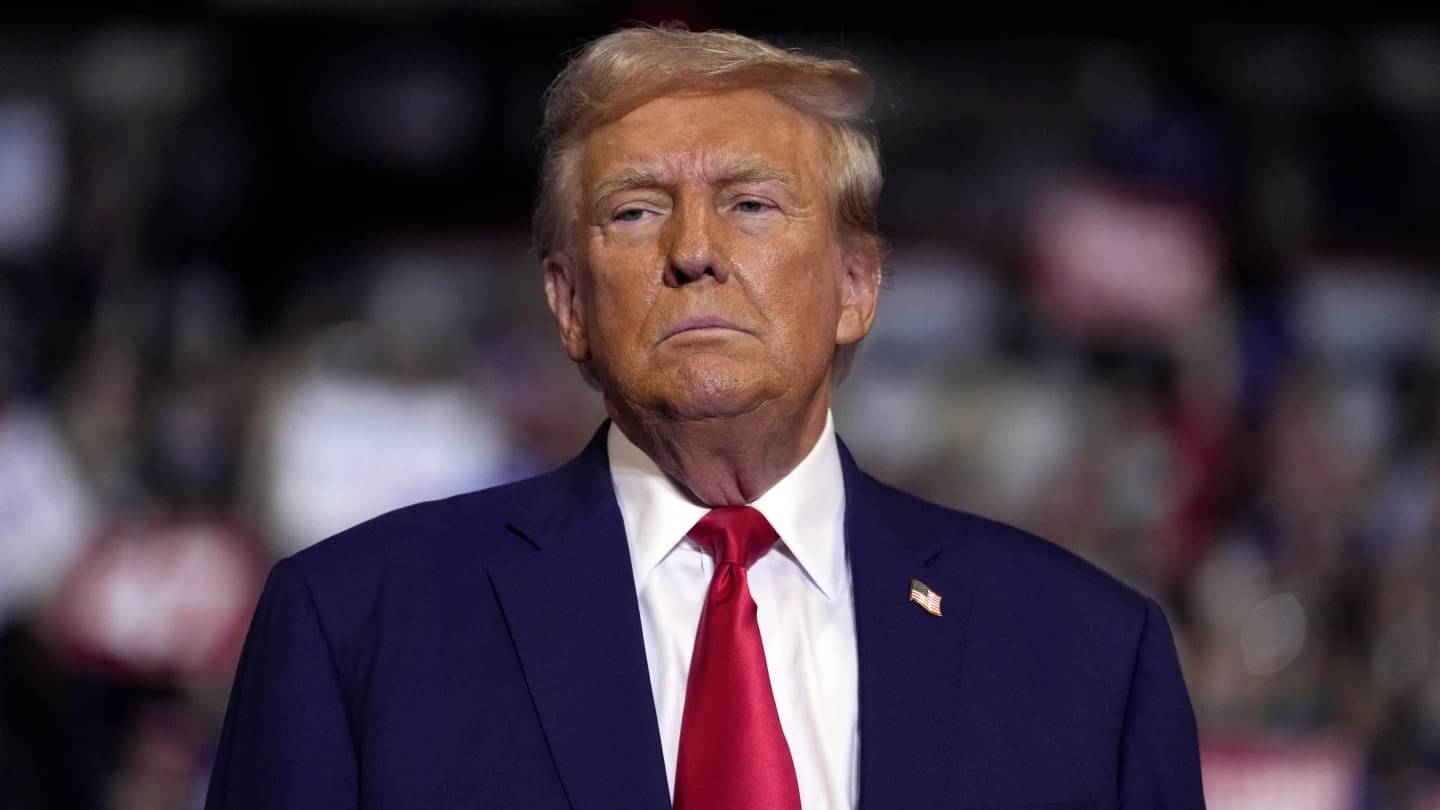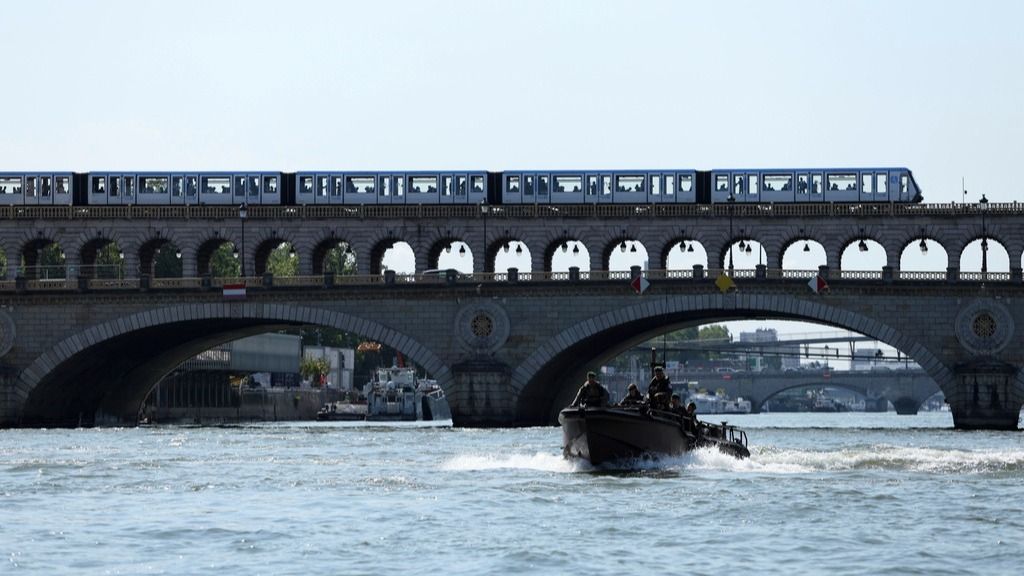Tokyo: Japan is facing a severe rice shortage, with prices for the essential staple soaring. Although nearly all of Japan’s rice is domestically produced and crop yields appear normal, the sudden scarcity has sparked widespread concern.
The situation has been exacerbated by fears of a potential “megaquake,” a series of typhoons, and the ongoing Obon holiday, prompting widespread panic buying. In response, the government has issued advisories urging the public to avoid panic buying in order to help manage the crisis.
Agriculture Minister Tetsushi Sakamoto urged the public to remain calm and only buy what they need. “The rice crop is growing steadily, and we expect farmers in some regions to harvest about a week earlier than usual,” he stated. “The shortage will be resolved gradually.”
“Rice shelves in some stores have emptied, and stocks are being rationed following earlier warnings of a possible megaquake,” reported a clerk at Tokyo’s Fresco supermarket chain to news agency AFP. The store has been receiving only half the usual amount of rice this summer, with daily supplies running out by midday.
“The situation is challenging, and some stores are unable to procure any rice,” said a worker from another Tokyo store. “There is no prospect of replenishing stocks anytime soon.”
Why is there a shortage of rice in Japan?
Rice holds significant cultural importance in Japan, having shaped the nation’s landscape and even served as currency in the 7th century. Despite the current shortage, officials assure that the inventory is adequate, with 40 percent of the crop expected to be available by the end of September.
The rice shortage has worsened due to hot weather and water shortages affecting rice crops, along with increased demand from record numbers of foreign tourists. As a result, some stores are rationing rice. One store in Tokyo has put up a sign asking customers to buy only one bag of rice per family each day.
During an interview with a local daily, Kazuhito Yamashita, a former bureaucrat at Japan’s Ministry of Agriculture, revealed the reasons behind Japan’s rice shortage and soaring prices. Yamashita explained that the shortage is not due to poor harvests or increased tourist consumption. Instead, it stems from Japan’s longstanding acreage reduction policy, which limits rice production to drive up prices. This policy has been in effect for over 50 years, reducing the land used for rice cultivation and keeping production at less than half of its peak levels.
Yamashita warned that as long as this policy remains in place, rice shortages and high prices are likely to persist. He also noted that Japan could become a major rice exporter if the policy were abolished, but current efforts focus on maintaining high domestic prices rather than addressing global food security.
What’s Behind Japan’s Rice Shortage and Soaring Prices | Explained world-news World News | Latest International News | Global World News | World News Today




